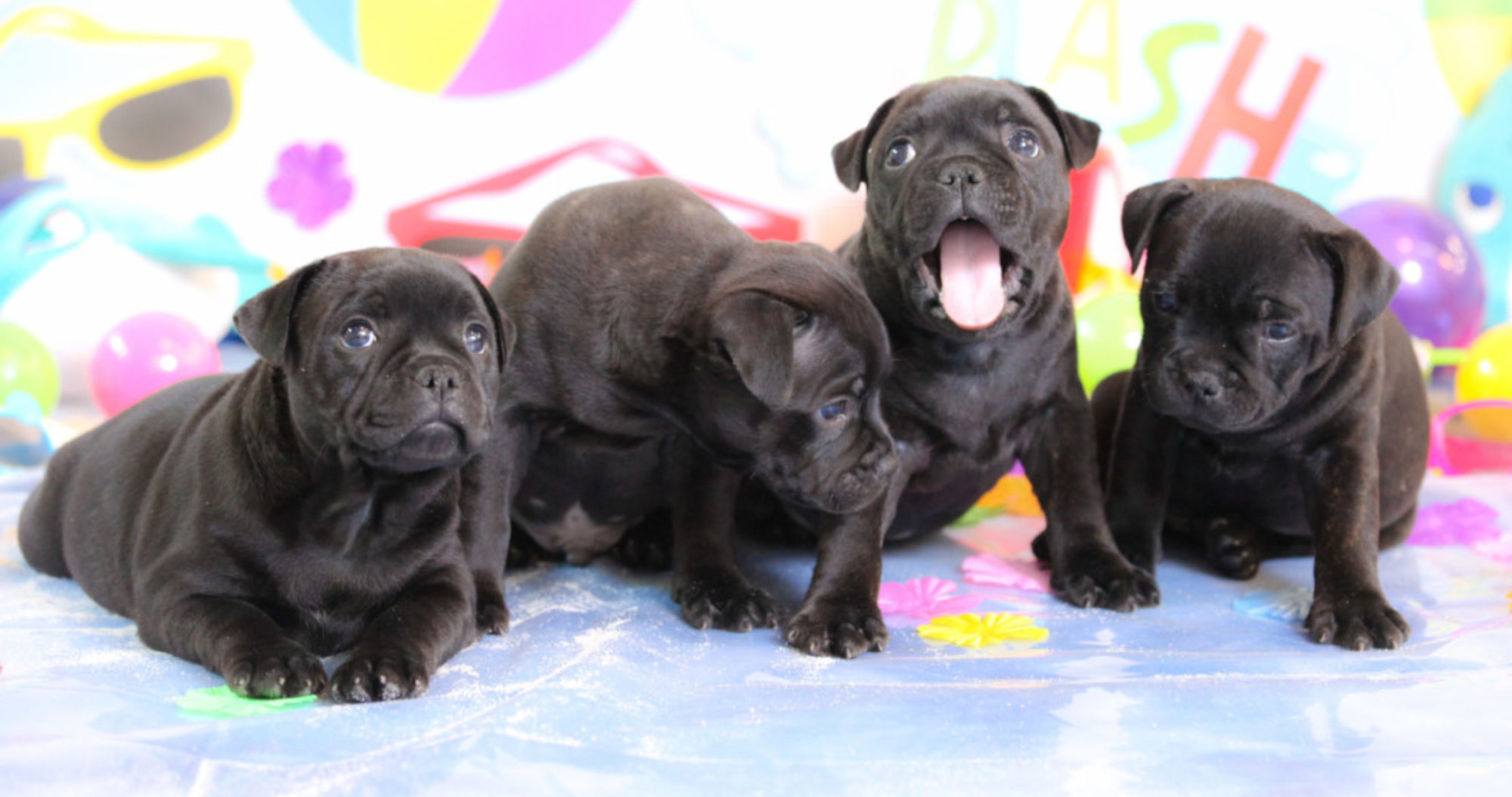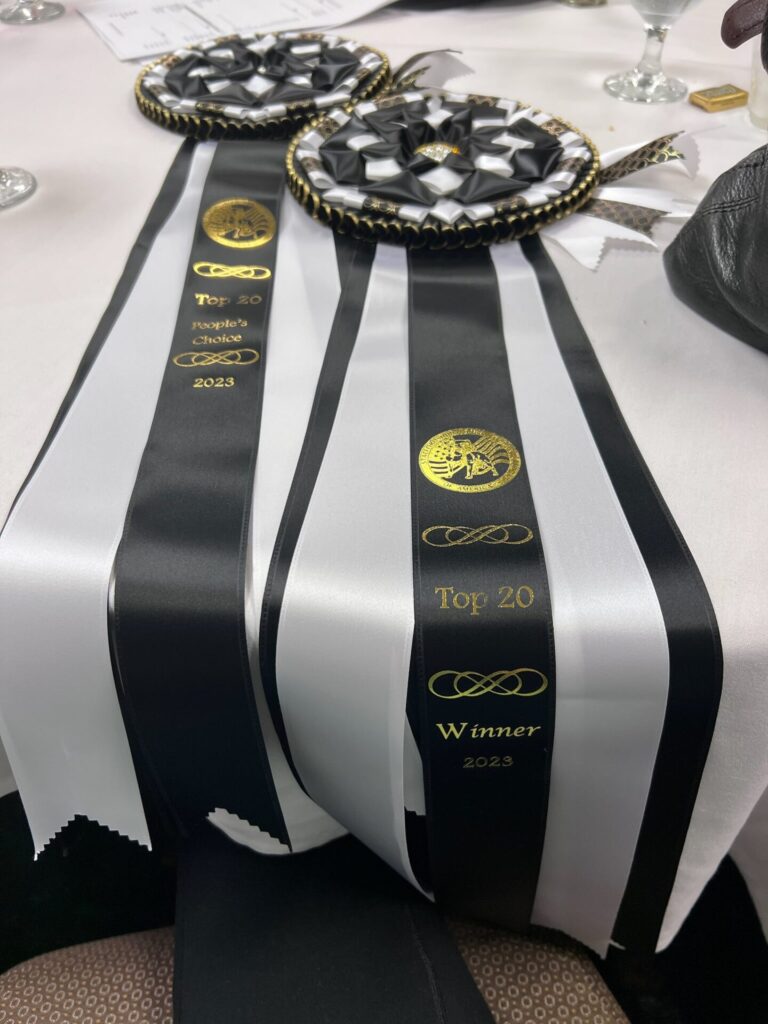In the world of dedicated breeding, it’s easy to be dazzled by the glitter of the show ring—the purple rosettes, the gold trophies, the spotlight of a win. Yet, behind every great dog, there stands a legacy. Decades of meticulous selection, careful planning, and sometimes heartbreaking setbacks, all undertaken by those who came before us. To build upon that foundation requires more than just ambition; it demands a profound and abiding humility.
This pursuit is not, at its heart, about winning. It is a stewardship. The goal of a thoughtful breeding program is not to accumulate accolades, but to nudge a breed forward—to produce what is sound, healthy, and true to purpose, for the whole of the breed, not just the top of the lineup. When we lose sight of that, we risk turning living, breathing legacies into mere transactions.
This philosophy reshapes even our most immediate choices. Consider the “top pick” of a litter. In a humble, breed-focused program, this selection is not a gamble on future ribbons. It is a thoughtful match: which puppy’s temperament, structure, and energy will weave seamlessly into the specific tapestry of a home and lifestyle? The best puppy is the one that fits, the one that will thrive and be a testament to the breed’s qualities in everyday life. The ribbons, if they come, are a welcome bonus, not the objective.
One of the greatest honors in this community is to be gifted the use of a proven stud or an exceptional dam. This is far more than a transaction; it is the sharing of a living legacy. When a breeder offers you access to the embodiment of their life’s work, they are entrusting you with a piece of their history and their hope for the future. To be considered worthy of such generosity should fill us with a debt of gratitude that guides our every subsequent decision. That gift is not a tool for personal glory, but a sacred responsibility to use that genetics thoughtfully, always asking: how does this move us collectively toward a better, healthier, more consistent future for the breed?
In this endeavor, humility is infinitely more valuable than being the center of attention. The loudest voice in the room is rarely the one that has done the most listening—to mentors, to the genetics, to the needs of the breed. True respect is earned not by self-promotion, but by quiet dedication, by acknowledging the shoulders upon which we stand, and by giving credit where it is overwhelmingly due.
This creates a community starkly different from one driven by validation. There is no place in serious breeder circles for the relentless seeking of external approval. What we must build, and cherish, is a community of shared values and deep appreciation. It is a circle where knowledge is passed generously, where successes are celebrated collectively, and where setbacks are met with support, not gloating.
So let us measure our worth not in ribbons, but in our gratitude. Let us speak of our dogs not as vehicles for our own glory, but as links in a chain we are honored to hold for a while. Let us remember that the finest legacy we can leave is not a wall of trophies, but a breed made stronger, healthier, and truer—and a community built on the humble, grateful stewardship of a gift that was never truly ours to begin with, but merely ours to nurture and pass on.
©Wavemaker Staffords – Caswell 2025





